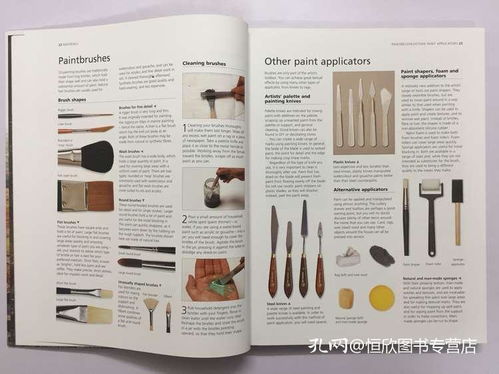Content:

As the crisp autumn air begins to permeate the landscape, anglers know that it's time to don their warmest gear and head to the water for some of the best fishing of the year. One fish that particularly thrives during the fall season is the persimmon fish, also known as the pumpkinseed or sunfish. To help you master the art of catching these delightful creatures, we've compiled a comprehensive guide on fall fishing techniques tailored specifically for persimmon fishing.
Understanding Persimmon Fish Behavior in Autumn
Persimmon fish, known for their bright yellow and red colors, are highly active during the fall. As the water temperature cools, these fish move to shallow waters to spawn, making them easier to catch. Here's what you need to know about their behavior:
Shallow Waters: Persimmon fish are often found in shallow areas, such as the edges of lakes, rivers, and ponds. They are particularly attracted to vegetation and submerged structures like logs and rocks, where they can spawn.
Morning and Evening Activity: The best time to fish for persimmon fish in the fall is during the early morning and late evening hours. These are the times when the fish are most active and feeding.
Spawn Patterns: As mentioned earlier, persimmon fish are known for their spawning habits. They prefer to spawn in shallow, protected areas with a mix of sand and vegetation. Understanding these patterns can significantly increase your chances of catching them.
Choosing the Right Gear for Fall Persimmon Fishing
To successfully catch persimmon fish in the fall, you'll need the right equipment. Here's a rundown of the essential gear:
Rod and Reel: A lightweight spinning rod with a fast action is ideal for persimmon fishing. The reel should be capable of holding a variety of line sizes, from 4 to 8 pounds.
Line: Use monofilament line in the 4 to 8-pound test range. The lighter line is less likely to spook the fish, while the heavier line is more durable and less prone to breakage.
Lures and Baits: Persimmon fish are opportunistic feeders and can be caught on a variety of lures and baits. Live bait like worms, crickets, and small fish are always a safe bet. Artificial lures such as small spinners, jigs, and poppers can also be effective.
Leader and Hook: A 6 to 12-inch leader of 10-pound test fluorocarbon line is recommended to reduce visibility and prevent break-offs. A small hook, size 6 to 10, is ideal for live bait presentations.
Fall Persimmon Fishing Techniques
Now that you have the right gear, it's time to put these techniques into practice:
Locate the Schools: Start by searching for schools of persimmon fish. Look for areas with a mix of vegetation and structure, such as lily pads, logs, and reeds.
Patience is Key: Once you find a school, be patient. Persimmon fish can be quite cautious, especially when spawning. Take your time to present your bait or lure without spooking the fish.
Use Live Bait: Live bait is often the most effective way to catch persimmon fish. Cast your bait near the edges of vegetation or along submerged structures, and let it settle to the bottom. Gently twitch the bait to mimic the natural movement of a struggling worm or insect.
Artificial Lures: If live bait isn't producing, switch to artificial lures. Small spinners, jigs, and poppers can be effective. Cast these lures into the school and retrieve them with a steady, erratic motion to trigger strikes.
Adjust Your Technique: Pay attention to what's working and adjust your technique accordingly. If you're not getting bites, try changing your lure color, size, or retrieve speed.
Safety and Conservation
Lastly, it's important to prioritize safety and conservation when persimmon fishing in the fall. Always wear a life jacket when boating, and be mindful of the fish you're catching. Remember to release any undersized or unharmed fish back into the water to ensure their survival and the sustainability of the species.
By following these fall fishing techniques and understanding the behavior of persimmon fish, you'll be well on your way to reeling in these vibrant and lively creatures. So, grab your gear, head to the water, and enjoy the autumn fishing season!












